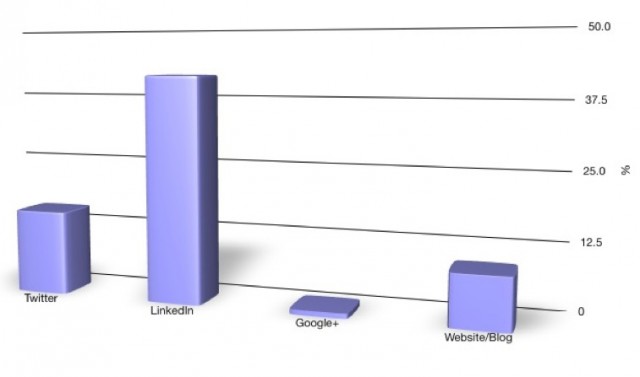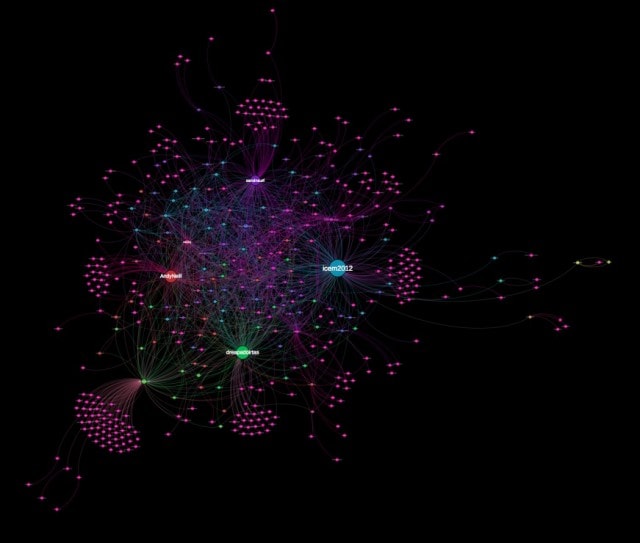ICEM 2012 was a big deal for me. Great craic, the coining of the term FOAM, meeting lots of great EPs and learning a whole ton of good stuff.
Twitter was a big thing at the conference and a few of us, (myself, Cadogan and John Cronin) had the idea of documenting the use of new media at the conference. We got a few other folk involved, set up some databases and this publication was the result.
It’s not the highest science in the world, but it’s a useful piece to document the rise of online platforms for teaching and involving other people
I’m aware of the irony of a paper on FOAMed being neither free nor open access but as per the EMJ publishing license I’m allowed to share the pdf file with up to 100 of you, so if you can’t get access to the file send me an email and I can get you a copy. I’m also allowed to publish the text of the manuscript which I’ve embedded below as a google doc (if it doesn’t load just refresh the page)
Thanks again to Audun at Symplur.com who provided the awesome “network centrality analysis” as a way of visualising how the conversation at ICEM 2012 happened.
If anyone is keen to do similar studies on some of the upcoming or more recent EM conferences then I’d love to hear from you.
Feedback is as ever welcome.




Thanks Andy enjoyed the article and love the concept of FOAM ED. It will be really interesting when/if big pharma start swimming in the whitewash. Should make for some interesting debate.
Cheers Peter
Thanks for the article. Shock for me is how many people use Linkedin! The free account is very rudimentary and restricted and a paid account is pricy. I can imagine that many people have a token LinkedIn account but then would they mention it amongst their social media accounts?
And how LinkedIn be more used than Twitter and blogs?? I must be missing something.
From my experience, EP are miles in front of docs in any other speciality in terms of IT use and specifically use of social media. This makes sense if you think about it (for various reasons), but it’s still been fantastic to watch and be part of.
Yeah I don’t really like LinkedIn a huge amount myself but I suspect it gets a lot of attention as it’s a “professional” network whereas Twitter is a medium for all kinds of material. Twitter wins hands down in my opinion.
I discovered that some felons are subungual infections. In 39 years of practicing medicine I’ve seen 5 felons and they were all subungual abscesses. The discovery has some importance because it changes the way felons should be treated. Medscape published 2 articles that I wrote but an Annals of Emergency Medicine editor thought the information would not be of interest to its readership. The Medscape articles will be seen by far fewer people than an Annals article would be. I agree that alternative methods of sharing information are important and ripe for exploring.
Hi Ed, that’s a nice piece on medscape and it was totally new to me that felons were primarily nail bed problems. I suspect that the medscape articles are being seen more often than you think. People of my generation are increasingly using google as search engine for medical questions rather than pubmed. If you type “felon medscape” into google your two articles are in 3rd and 4th position.
I agree that systematic reviews using pubmed will not find them but the everyday physician looking for a quick answer while on shift will more likely use google than pubmed.
Pingback: The LITFL Review 096 - LITFL